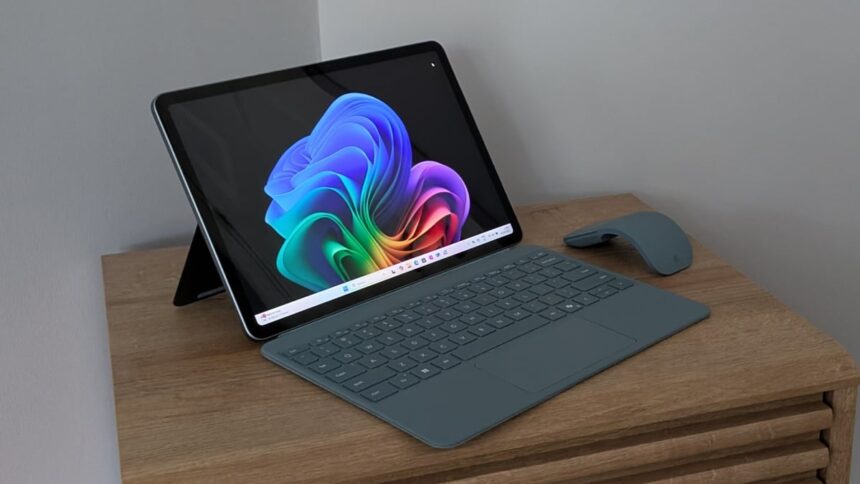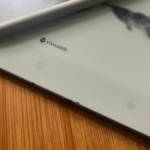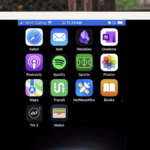A Model of Versatility
Microsoft has been on a journey of innovation, now spanning 11 generations, to design a versatile device that effectively functions as both a tablet and a laptop. It all began with the introduction of the Surface RT in 2012, followed by the debut of the first Surface Pro the very next year. While Apple continues to treat its tablet and laptop systems as entirely separate entities (as seen at present), Microsoft confidently believes that Windows 11 can adeptly manage both functionalities—showing a commendable improvement over the cumbersome experience of Windows 8.
The current iteration in the 11th generation lineup of Surface Pro, which premiered last year, is somewhat misleadingly branded by Microsoft as Surface Pro 12 due to its 12-inch display. In contrast, its predecessor released in 2024 continues to be available, boasting a larger 13-inch screen, enhanced processing capabilities, and new color options, albeit at a higher price point.
For context, the unit provided for review is equipped with an 8-core Snapdragon X Plus processor, 16GB of RAM, and a 512GB internal SSD. This specific model, showcasing a color known as Ocean, is currently priced at $900 when purchased directly from Microsoft.
Additionally, an official keyboard along with a slim pen accessory was also included, which is practically essential for users who seek to maximize the device’s potential beyond tablet mode. This accessory is priced at an additional $250—considerably elevating the overall cost, or $150 if opting for just the keyboard alone without the stylus). An Arc Surface Mouse was also included in the package, retailing for $90. While it’s possible to connect personal Bluetooth keyboards and mice, they don’t quite offer the same level of seamless integration.












